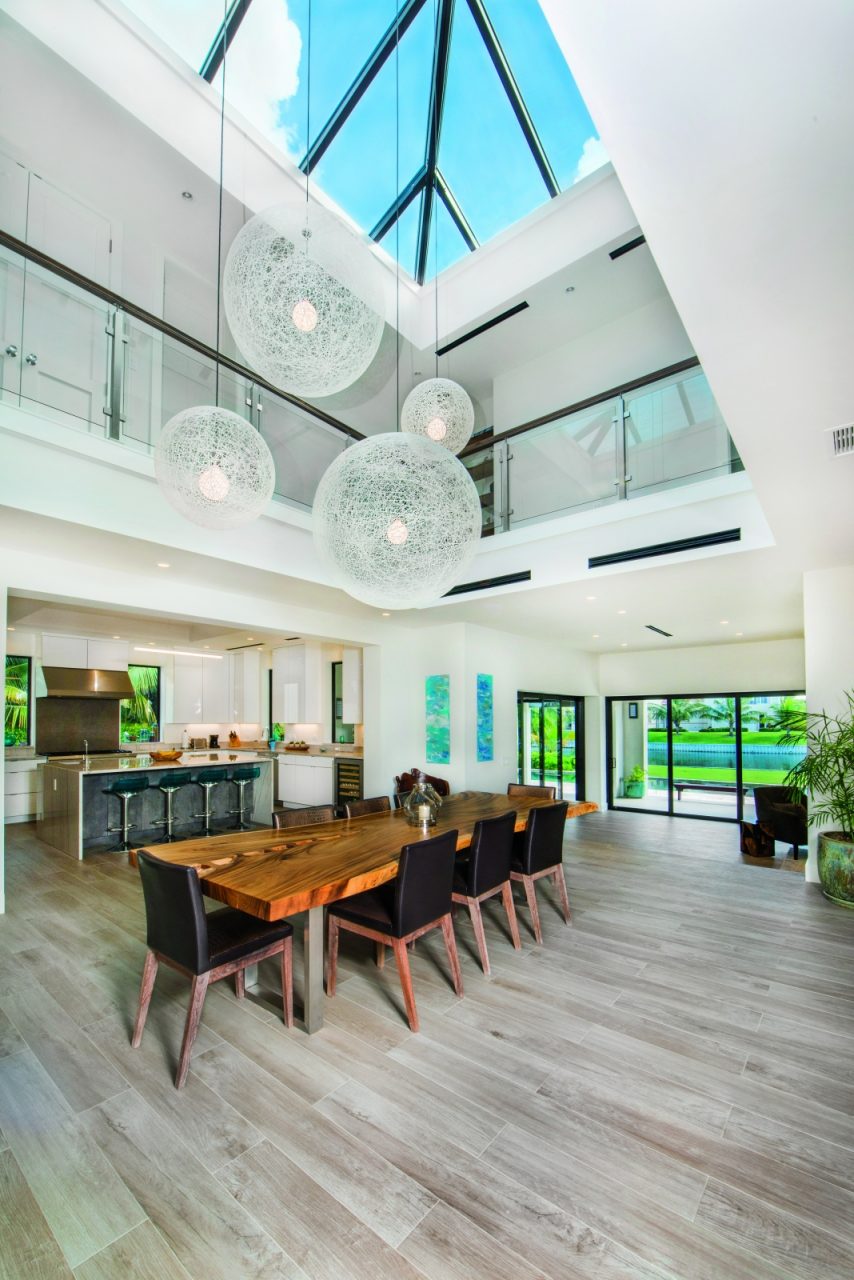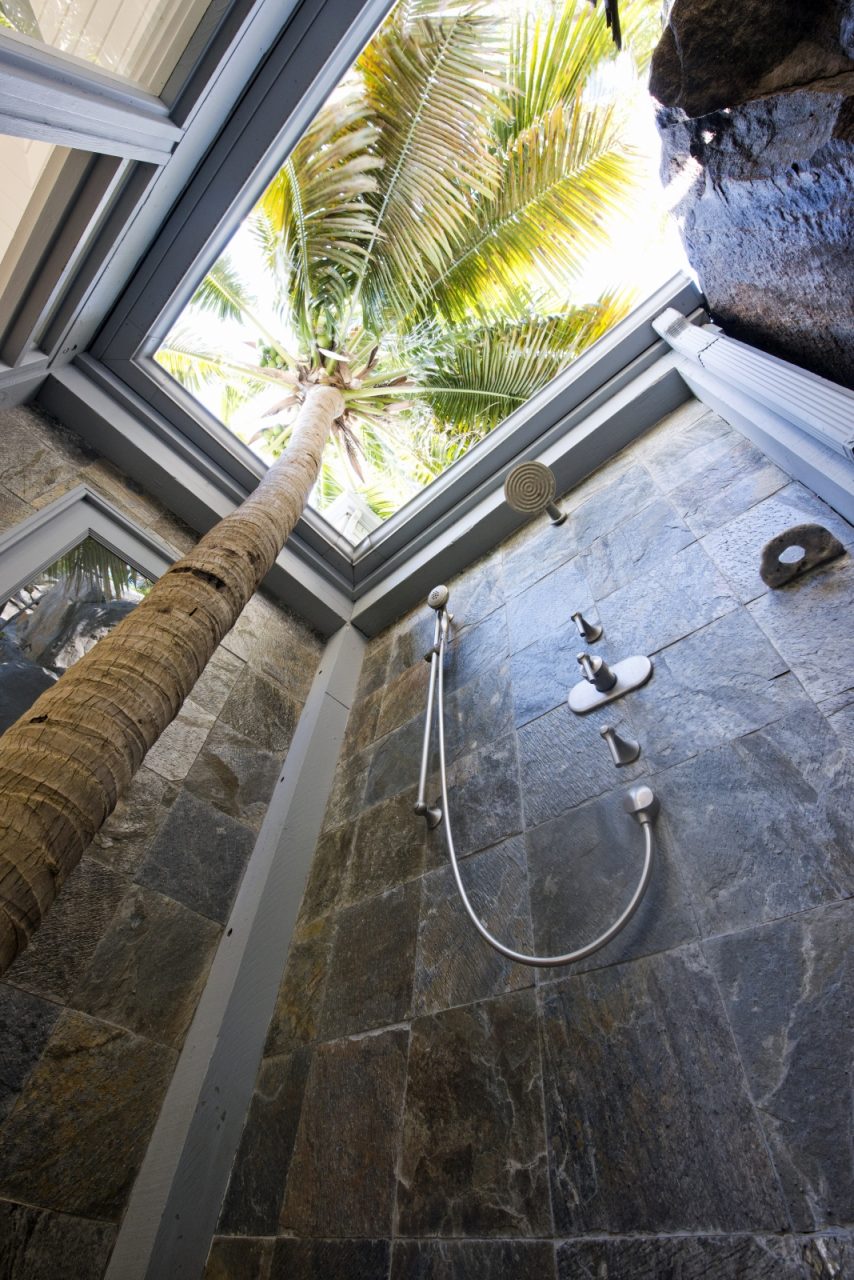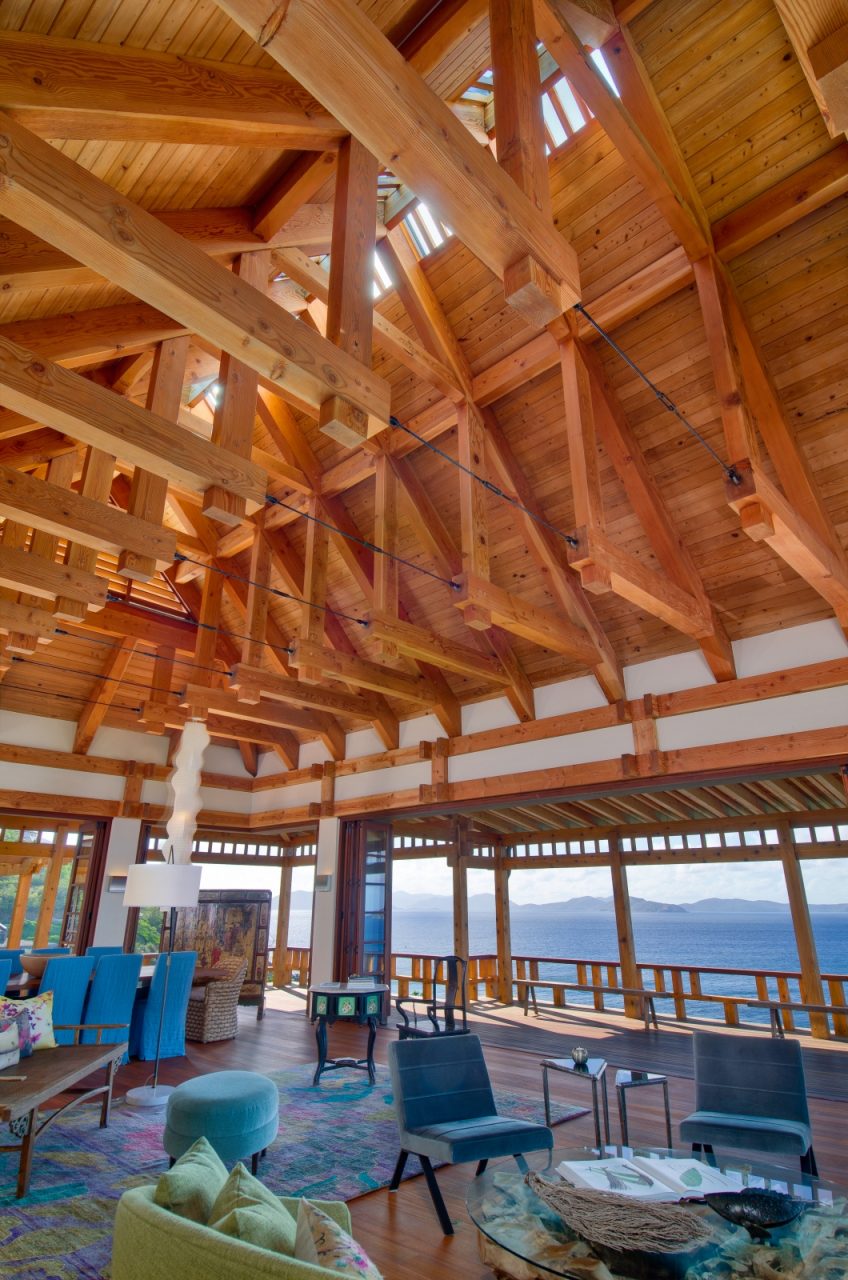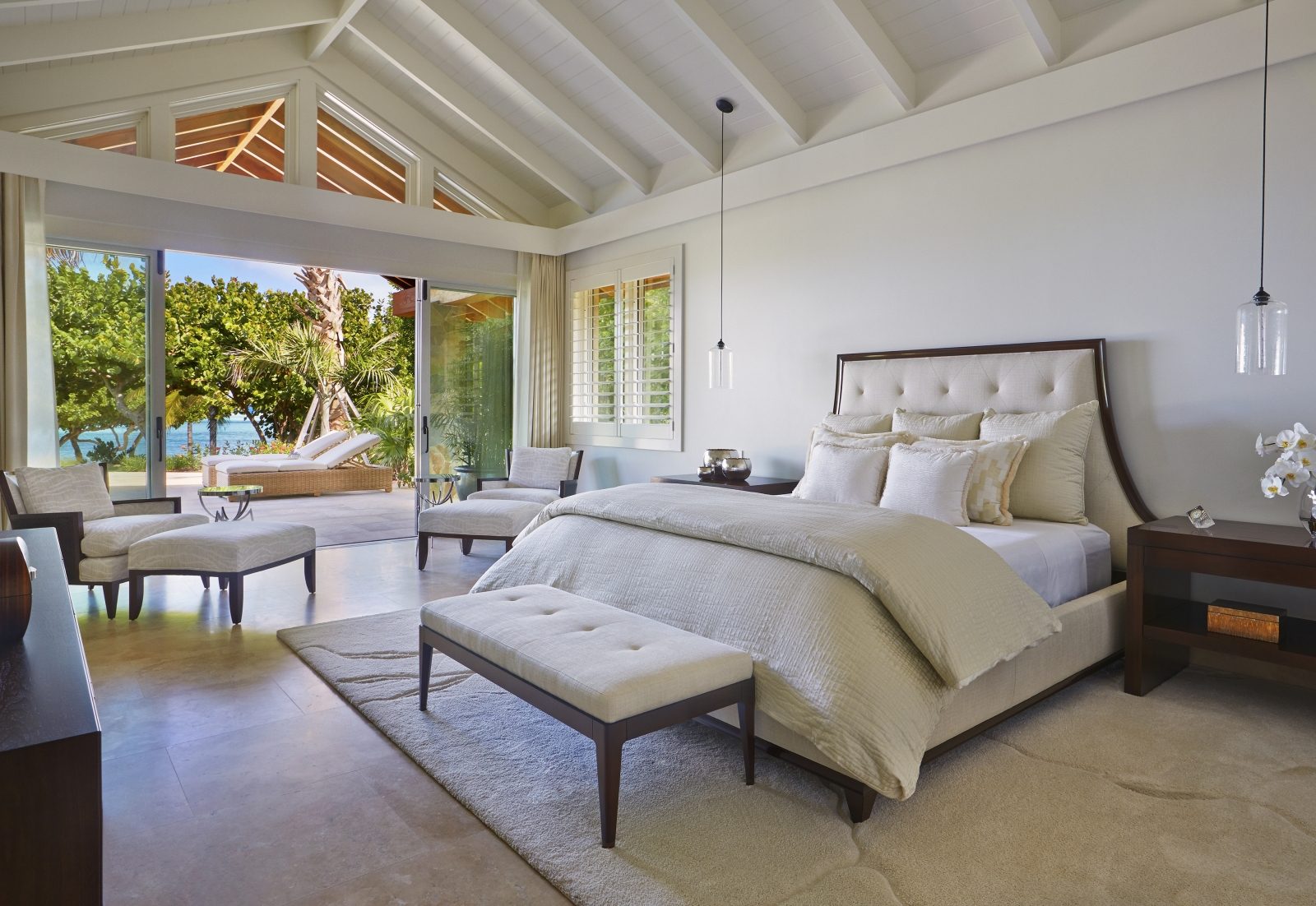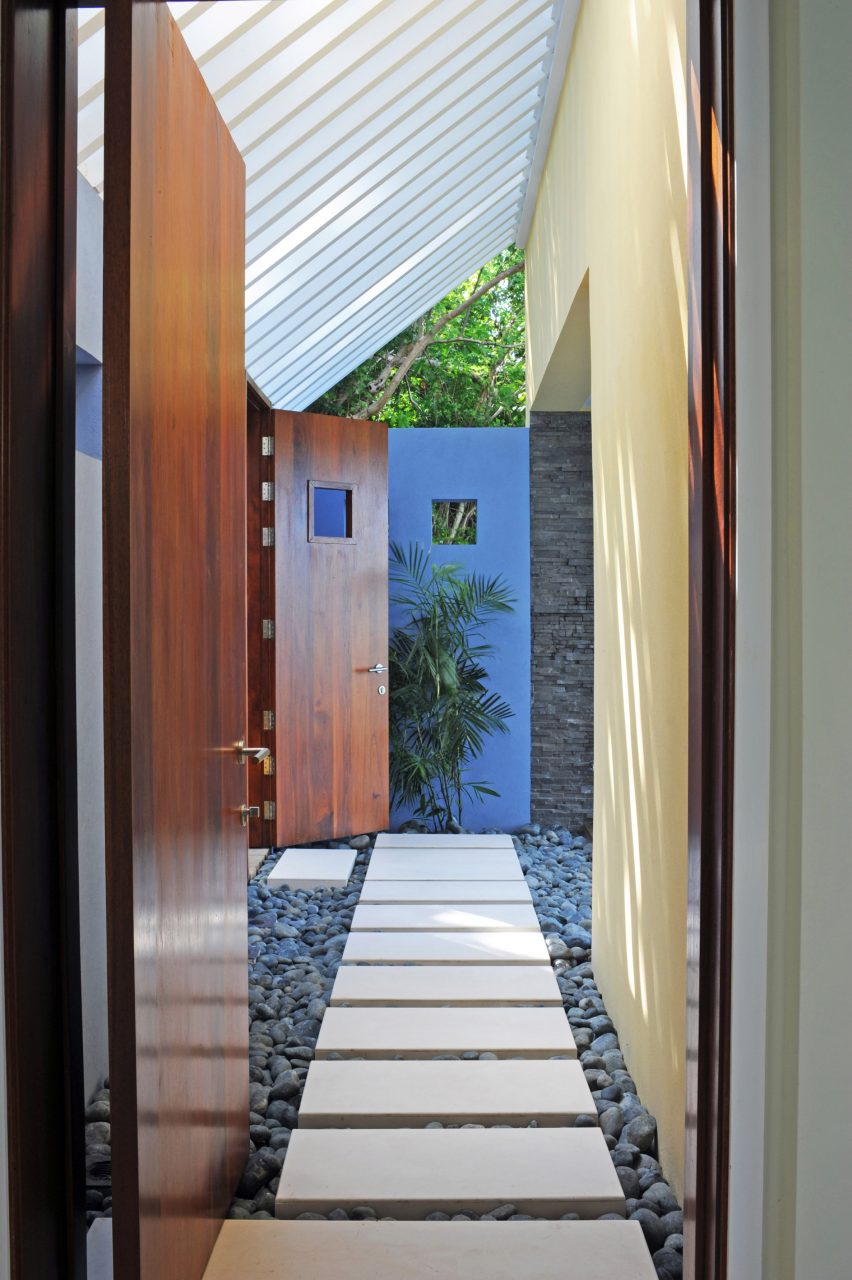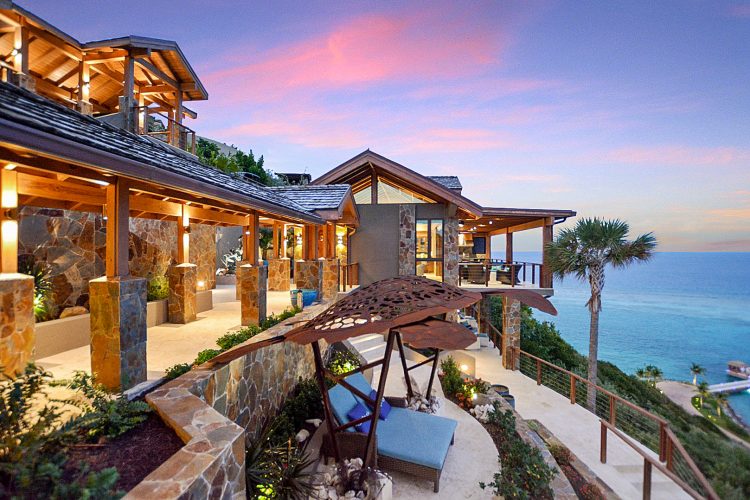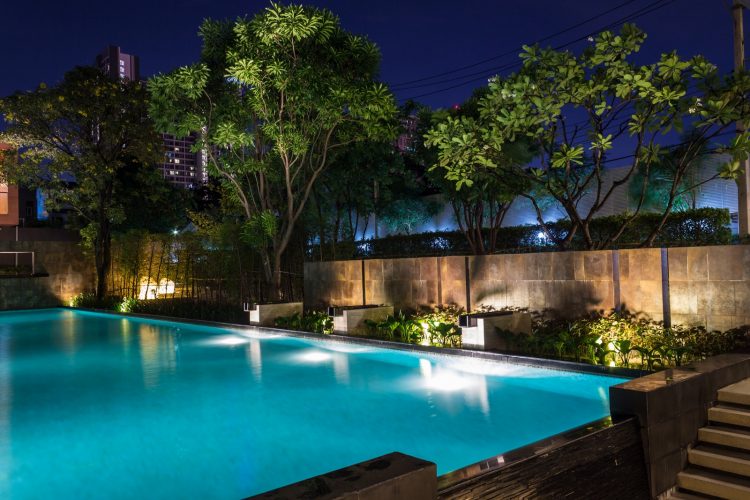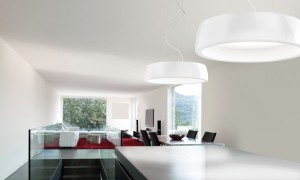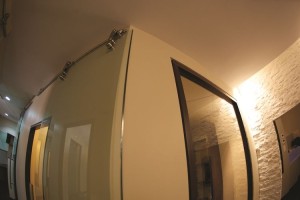The use of natural light in interior spaces, sometimes referred to as “daylighting,” has an abundance of benefits. Whether at home or work, natural light can increase an occupant’s productivity and comfort, boost mood, and can even dramatically reduce energy costs. Sometimes, though, it can be difficult to incorporate traditional windows in a space for practical or aesthetic reasons. In other cases, and environments, such as the Caribbean, traditional windows may bring in strong, direct sunlight when filtered or indirect sunlight is actually desired. Here are some architectural tricks you can use in your home or workplace to best harness and control natural lighting.
Skylights
Everyone loves a room drenched in natural light. Installing a skylight that forms part or all of the roof space of a building will not only brighten up any area but also adds an architectural element as well. Whether an existing property or a new build, skylights can be an extremely effective way to promote natural light in spaces that don’t have any traditional windows. A great location to place a skylight is above a living space or kitchen where it can bring natural light into the heart of the home and provide guests with gorgeous sky views.
Light Shelves
Perfect for offices and meeting rooms, light shelves are a sustainable solution that reduces the need for artificial lighting. A light shelf is a passive architectural device used to reflect natural daylight into a building. ‘Bouncing’ the sunlight off a horizontal surface the shelf distributes the light more evenly and deeply within a space, whereas direct sunlight can cause glare near an opening. When discussing design strategies to include the use of light shelves, one must consider how the colour of the space will impact how far the light will reflect and be absorbed.
Sun Tunnels
One of the newest trends in natural lighting is the sun tunnel. Similar to a skylight in terms of the location on the ceiling, the tubular daylighting device is more high-tech in that they’re coated on the interior with reflective materials or pipes, and then topped with a clear plastic dome so that they can effectively draw in as much light as possible from the exterior, despite their small surface area. Bringing light to areas that traditional skylights cannot reach –such as closets, dark hallways, laundry rooms, and bathrooms. For those worried about protecting furniture and fabrics from getting bleached by the sun, sun tunnels are a great option because the coating used at the bottom of the tubes controls the quantity and quality of incoming sunlight.
Clerestory Windows
The use of clerestories—a row of windows well above eye level— can be traced back to temples in ancient Egypt. Today, the architectural feature is used for both residential and commercial projects to provide a more ambient light than experienced through lower windows, creating interior environments so open and bright they feel heavenly. In the Caribbean where there are ample trade winds, clerestory windows can be left open, allowing air to flow and circulate through a space. As for aesthetics, placing windows higher affords more open wall space at eye level for displaying books or a gallery-style arrangement of artwork.
The introduction of natural light is a powerful architectural tool in shaping and defining the interior spaces, but it’s not always easy to achieve. Successful daylighting requires design considerations at all stages of the building design process, from site planning to architectural, interior and lighting design. Consulting with an architect can help ensure your property’s design employs the best natural lighting methods to maximize visual comfort and reduce energy use, as well as benefit the health and well-being of the occupants.
[ts_fab]

